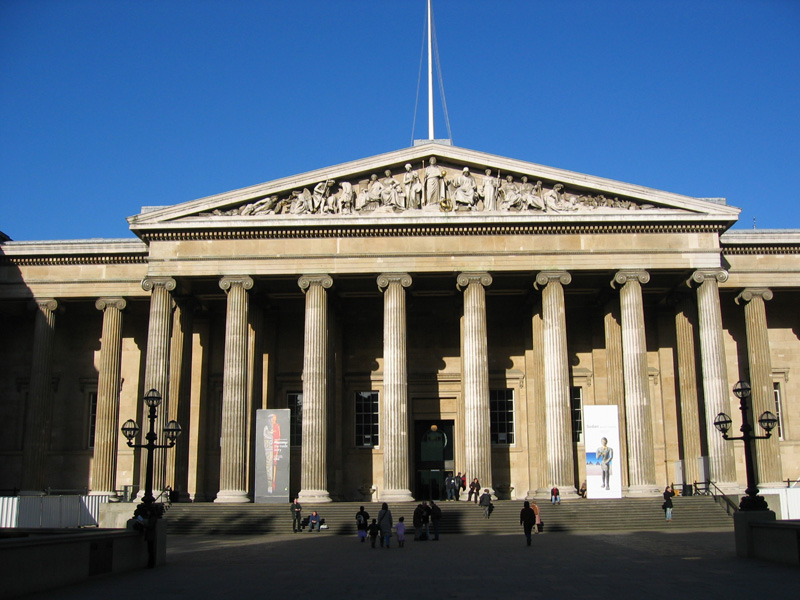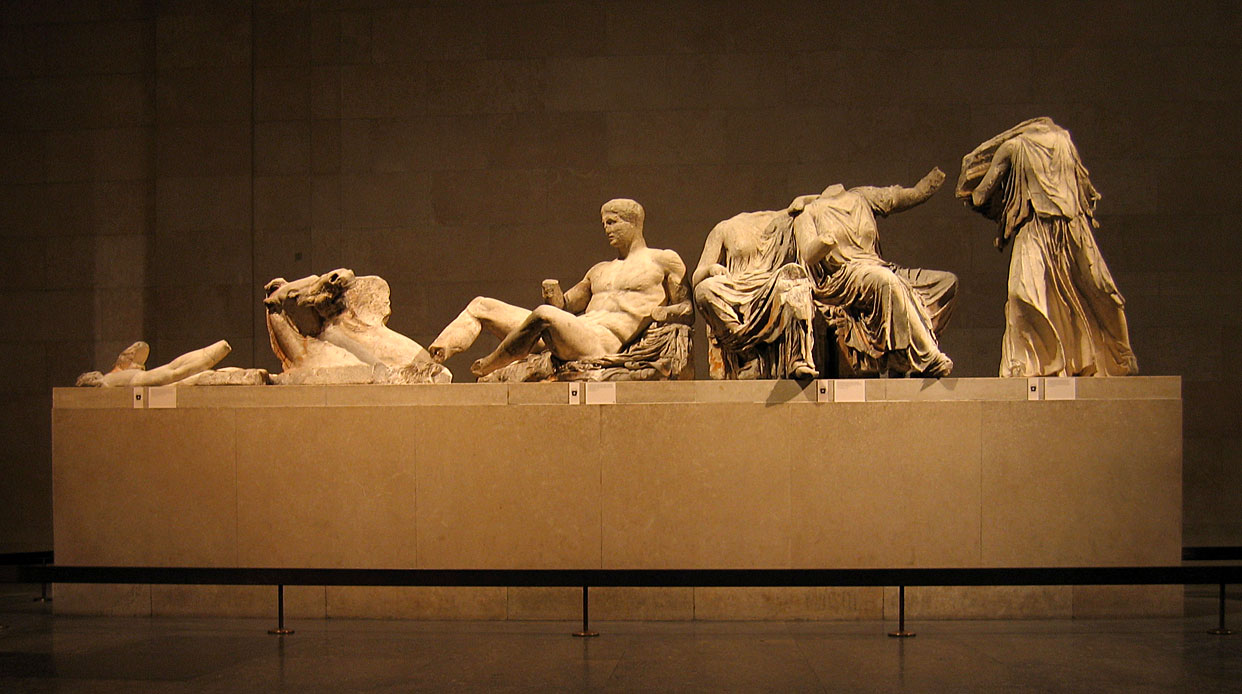 |
| The British Museum |
About 200 years ago Lord Elgin, an ambassador for Britain, removed sculptures from the Parthenon in Athens and bought them back home. He sold them to The British Museum and after a brief settlement it was decided that the museum did indeed have complete legal ownership of the sculptures and they are still housed there today.
 |
| Who wouldn't want to keep them? |
However, Greece isn't particularly happy about this and is still urging Britain to send them back, especially as they have the lovely new(ish) Acropolis Museum to keep them warm in.
 | ||
| The Acropolis Museum has made copies of the sculptures, to complete their Parthenon reconstruction. |
The term 'World Heritage' promotes the idea that great buildings and artifacts are not limited to a nation, but belong to anyone in the world who shows an interest (or arguably, a small committee representing the interested world). There are definitely both positive and negative aspects to this notion.
To follow on from this, I found this interesting link that lists the Top Ten Plundered Artifacts currently on display to the public.
No comments:
Post a Comment